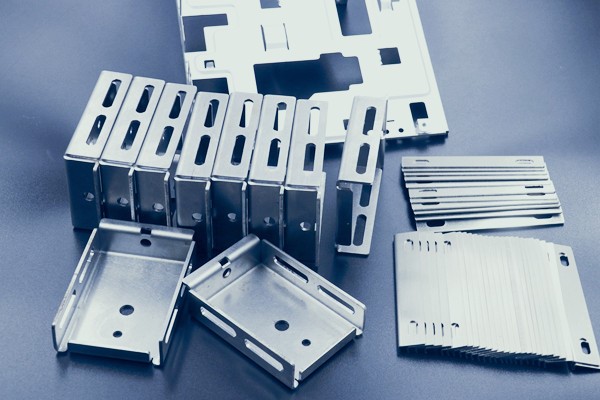Sheet metal prototyping is one of the most chosen production processes by product designers today. Owing to its many production benefits sheet metal fabrication is one of the largest industries in the world. Being a manufacturer, or a product designer, you must be fairly aware of how valuable sheet metal prototype fabrication is in product development. But still, there are many features of sheet metal prototyping that you probably haven’t discovered yet. So, here are some significant factors about sheet metal prototyping that you should know before choosing a third-party production company for your consumer products.

The significant factors of sheet metal prototyping
The thickness requirement
The majority of product designers do not know that there is a thickness requirement for manufacturing products through sheet metal prototyping. They end up describing sheet metal as metals that exist in flat pieces. While this fact is not entirely wrong, it is not complete either. Sheet metals work with a general thickness ranging between 0.006 inches and 0.25 inches. Anything thicker than the standard thickness will be described as metal plates. Similarly, those thinner than 0.006 inches will be called foils or leaf metals.
The types of sheet metal fabrication process
Any sheet metal worker starts the sheet metal fabrication process with flat pieces of metals and transforms them into desired structures or in the form of objects that need to be manufactured by incorporating a variety of processes. The manufacturing processes include cutting, deforming, and assembly.
There are numerous advantages to choosing sheet metal prototype fabrication
The most prominent advantage of choosing the sheet metal prototyping production process is the accuracy it provides to the final products. The prototypes in this manufacturing process work as physical samples or mock-up samples of the design concept. It allows you to test the performance of the design and early detection of flaws way before the manufacturing begins.
The initial cost of sheet metal fabrication might seem like a downside, but it’s the most accurate production process that can save you from wasting your money.
It involves the use of engineering materials
Sheet metal prototyping fabrication involves the use of almost all the common engineering materials in the form of sheets. It involves the use of various metals, including aluminum, stainless steel, copper, and magnesium, among others.
Opting for aluminum will provide the product with various abilities such as lightweight, high strength, thermal, and corrosion resistance. Going with stainless steel and copper are ideal production metals if you want immense strength, machinability, and a good surface finish for your products.
Choosing magnesium as sheet metal provides high strength and durability, along with being lightweight. The products made of magnesium metal are approximately two-thirds the density of aluminum products. However, the products made of magnesium will be highly flammable. So, it’s best to steer clear of magnesium metal until it’s absolutely necessary to use this metal.
Final words
You should choose the best production partner providing high-quality sheet metal prototype services. Make sure they have experience working with various industries. Their expertise in working with a variety of industries ensures that you get the best manufacturing solution based on your requirements.
















